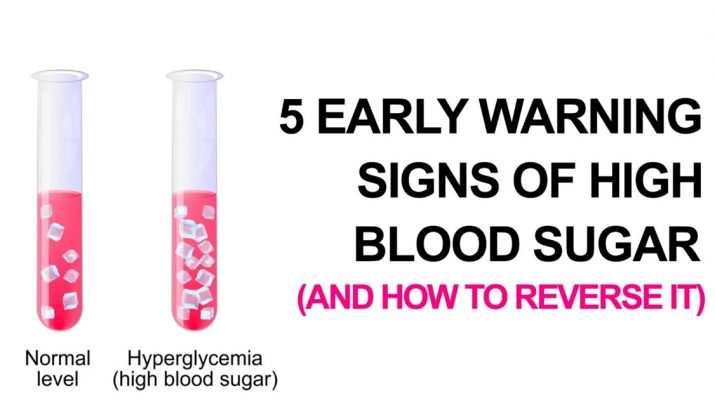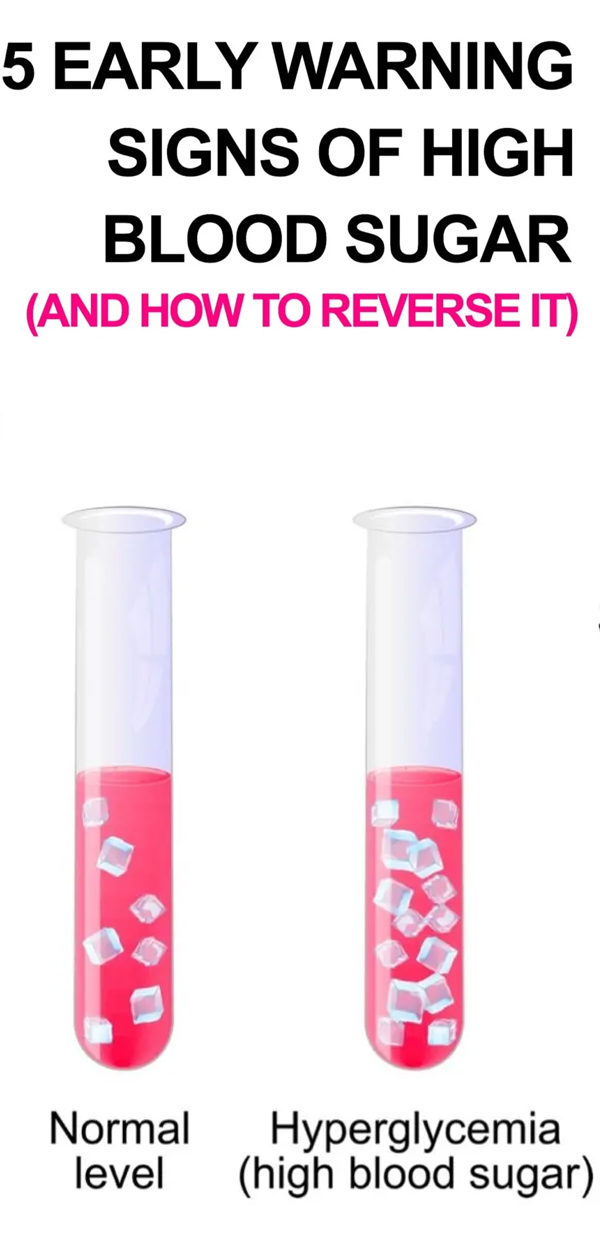High Blood Sugar Terminology
Hyperglycemia is the medical term for high blood sugar. Per WebMD, there are two main kinds of hyperglycemia:
– After-meal hyperglycemia: A blood sugar readout exceeding healthy levels that occurs approximately two hours after eating.
– Fasting hyperglycemia: A blood sugar readout exceeding healthy levels that occurs after not eating or drinking for a minimum of eight hours.
The Risks
Long-term hyperglycemia can damage blood vessels, nerves, and organs. High blood sugar can manifest into other physical conditions as well.
Frequently indulging in high-sugar foods increases the risk of obesity, which is the catalyst for numerous health problems. High cholesterol, coronary heart disease, stroke, asthma, and metabolic syndrome – a combination of diabetes and high blood pressure – can result.
These risks are mitigated – and possibly reversed – by consuming the right kinds of foods. We will give you plenty of ideas for such foods in the final section!
The Signs
After administering a blood sugar test, doctors categorize a person’s risk according to their readout.
The five signs of high blood sugar vary slightly according to classification (severity).
Mild high blood sugar
Individuals with mild hyperglycemia consistently have blood sugar levels higher than average. People who are mild hyperglycemic and non-diabetic may urinate more frequently when drinking fluids.
Those with diabetes may not notice any symptoms when their blood sugar falls within this range.
The Five Main Signs Of Mild High Blood Sugar Are:
– Fatigue
– Increased appetite
– Increased thirst
– Increased urination
– Weight loss
(Mild high blood sugar is defined as 200 milligrams [mg] to 350 milligrams per deciliter [dl] in adults, and 200 mg/dl to 240 mg/dl in children.)
High blood sugar (hyperglycemia) is most often seen in people who have diabetes that isn’t well controlled. The symptoms of high blood sugar can be mild, moderate, or severe. ~ WebMD
Moderate to severe high blood sugar
Moderate to severe high blood sugar is defined as above 350 mg/dl in adults and above 240 mg/dl in children. The symptoms of moderate to severe hyperglycemia are markedly different than those with mild hyperglycemia. Here are the five most common signs:
– Blurred vision
– Drowsiness, restlessness, or difficulties waking up.
– Extreme thirst
– Flushed, dry, hot skin
– Lightheadedness
It’s important to note that, if the body is not producing adequate insulin, additional symptoms may surface. The four other symptoms listed by WebMD include:
– Abdominal pain
– Loss of appetite
– Rapid heartbeat
– Strong breath odor
– Vomiting
Eating Right is Critical
All of the evidence-based recommendations for the management and prevention of diabetes from all major worldwide diabetes organizations (in the UK, US, and Canada) “advise people with type 1 or type 2 diabetes to use the GI (as) part of the nutritional management of their condition.”
The University of Sydney’s GI group defines the glycemic index as “a relative ranking of carbohydrate in foods accord to how they affect blood sugar (glucose) levels after eating.”
Foods with a high GI value (70-100+) are rapidly digested, absorbed, and metabolized. These foods markedly increase blood sugar levels.
As a reference, here is a shortlist of high GI foods:
– Fruit Rollup: 99
– White Rice: 85
– Rice cakes: 84
– Pretzels: 83
– Donuts: 76
– Watermelon: 72
– White Bread (slice): 70
On the opposite side of the glycemic spectrum are low-GI foods (0-55). Low-GI foods produce smaller fluctuations in blood glucose and insulin levels and are vital to long-term health, maintaining a healthy weight, and lowering the risk of diabetes and heart disease. Unsurprisingly, nearly all fruits and vegetables are listed here.
– Oatmeal: 55
– Wheat pasta: 54
– Corn on the cob: 64
– Banana: 52
– Brown rice: 50
– Green peas: 48
– Sweet potatoes: 48
– Carrots: 47
– Chocolate milk: 40
– Sweetened yogurt: 33
– Whole milk: 31
– Fruits less than or equal to 40 GI: blueberries (40), strawberries (40), apples (38), pears (38), raspberries (30).
– Veggies that are less than or equal to 20 GI: tomato (15), cauliflower (12), cabbage (10), broccoli (10), spinach (6), Brussels sprouts (6), kale (5).
Final thoughts:
High blood sugar is something that can be managed and monitored!
While diet plays a crucial role in the mitigation and regulation of hyperglycemia, other factors (e.g., health status) must also be taken into account.
Individuals with a family history of diabetes are strongly encouraged to seek the advice of a medical professional before implementing any plan to manage their condition.
It’s important to remember that high blood sugar is a potentially dangerous condition; mainly because it can manifest into other states and worsen any underlying medical issues.
Regardless of where you may fall on the blood sugar ‘scale,’ you should consider implementing plenty of low-GI foods in your diet.
Aside from potentially warding off hyperglycemia, a diet rich in low glycemic foods can also help with by promoting healthy cholesterol levels and healthy body weight!


